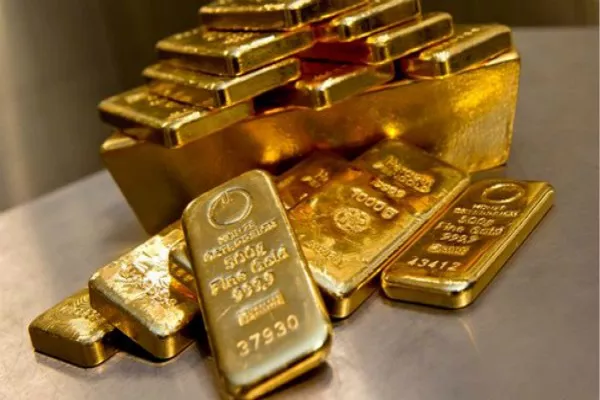In times of economic uncertainty, investors often turn to precious metals as a safe-haven investment. Among these metals, gold has held a prominent position throughout history, renowned for its intrinsic value and role as a hedge against inflation. Inflation, characterized by a sustained increase in the general price level of goods and services, erodes the purchasing power of fiat currencies. This article delves into the relationship between gold and inflation, exploring the historical trend of whether gold prices tend to rise during periods of inflation.
Understanding Inflation and Its Effects
Before examining the relationship between gold and inflation, it’s crucial to understand how inflation operates and its impact on various economic factors. Inflation occurs when the demand for goods and services exceeds their supply, leading to higher prices. This decrease in the purchasing power of money has far-reaching consequences, affecting consumer spending, savings, and investments. When inflation rates are high, investors seek strategies to preserve their wealth against the declining value of currency.
Historical Perspective on Gold and Inflation
Throughout history, gold has been a store of value and a medium of exchange. Its enduring allure lies in its scarcity, durability, and universal acceptance. During times of economic turmoil and currency devaluation, gold has often demonstrated an inverse relationship with fiat currencies, making it a sought-after asset. A significant question arises: does gold consistently rise in value during periods of inflation?
While historical data shows that gold has indeed demonstrated a tendency to appreciate during times of inflation, this relationship is complex and influenced by a multitude of factors. Notably, gold’s behavior during inflationary periods can be divided into short-term and long-term trends.
Short-Term Trends
In the short term, gold prices have exhibited varying responses to inflation. Rapid and unexpected spikes in inflation might trigger a temporary surge in gold prices, driven by investors seeking immediate protection against currency devaluation. This was evident during the economic uncertainties of the 1970s when inflation surged due to oil price shocks and other geopolitical factors. Gold prices skyrocketed, reaching an all-time high in 1980.
However, short-term fluctuations in gold prices are not solely determined by inflation. They can also be influenced by factors such as geopolitical tensions, interest rate changes, and market sentiment. Consequently, while short-term spikes in inflation can contribute to gold’s appreciation, they are not the sole determinant of its price movement.
Long-Term Trends
When examining the relationship between gold and inflation over the long term, a more nuanced pattern emerges. Historical data suggests that gold’s performance during inflationary periods is influenced by several key factors:
Real Interest Rates:
One of the critical drivers of gold’s value during inflation is the real interest rate, which is the nominal interest rate minus the inflation rate. When real interest rates are low or negative, gold becomes more attractive since it offers a hedge against the eroding value of currency. During periods of high inflation, central banks might keep nominal interest rates low to stimulate economic growth, effectively reducing real interest rates and bolstering gold’s appeal.
Market Confidence:
Confidence in the stability of fiat currencies also impacts gold’s behavior during inflation. If investors lose faith in the purchasing power of their currency, they may turn to gold as a store of value. Conversely, if central banks effectively manage inflation and maintain currency stability, gold’s response might be less pronounced.
Supply and Demand Dynamics:
The supply and demand dynamics of the gold market play a significant role in its price movement. While demand for gold as a safe-haven asset tends to increase during inflation, changes in production, mining costs, and overall market sentiment can influence supply and, consequently, prices.
Market Speculation:
The role of speculative trading in influencing short-term gold prices cannot be ignored. Rapid fluctuations driven by speculative activities might not always align with the fundamental relationship between gold and inflation.
Conclusion
In summary, while historical data suggests a general correlation between gold prices and periods of inflation, the relationship is not straightforward and is influenced by a variety of factors. Gold’s status as a safe-haven asset and a hedge against inflation is deeply rooted in its historical significance and enduring appeal. However, investors must consider both short-term and long-term trends, as well as the broader economic landscape, when assessing the potential impact of inflation on gold prices.
As economies evolve, the relationship between gold and inflation might continue to shift. Modern financial markets are influenced by a complex interplay of global economic forces, technological advancements, and geopolitical developments. As such, investors should exercise caution when drawing direct parallels between historical trends and future outcomes.
Ultimately, the decision to invest in gold as a hedge against inflation should be part of a diversified investment strategy that takes into account an individual’s risk tolerance, investment goals, and time horizon. While gold has a historical track record of performing well during inflationary periods, its value as an asset class remains subject to the multifaceted dynamics of the global economy.


